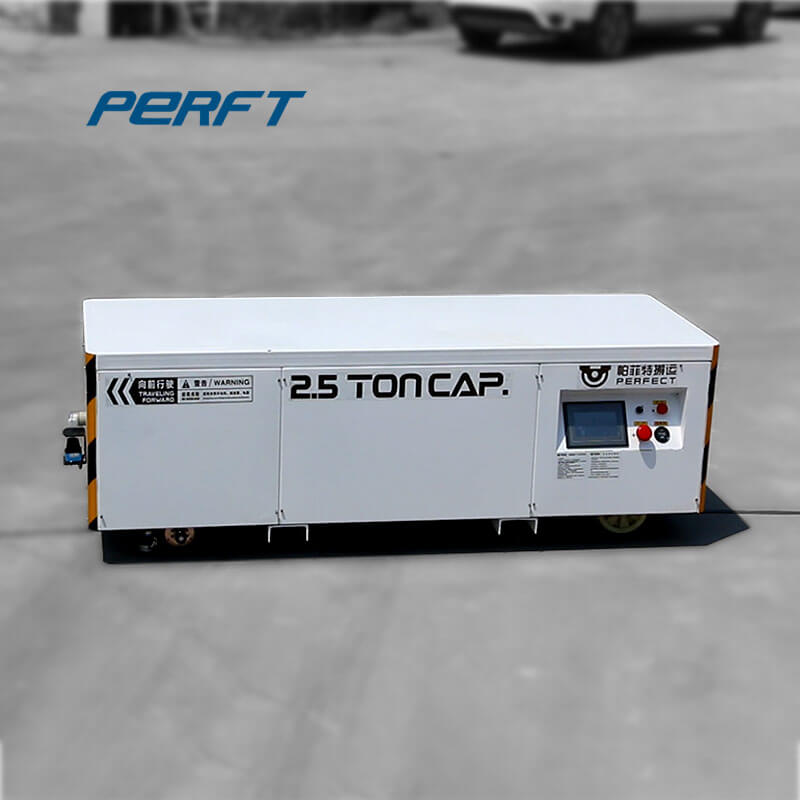
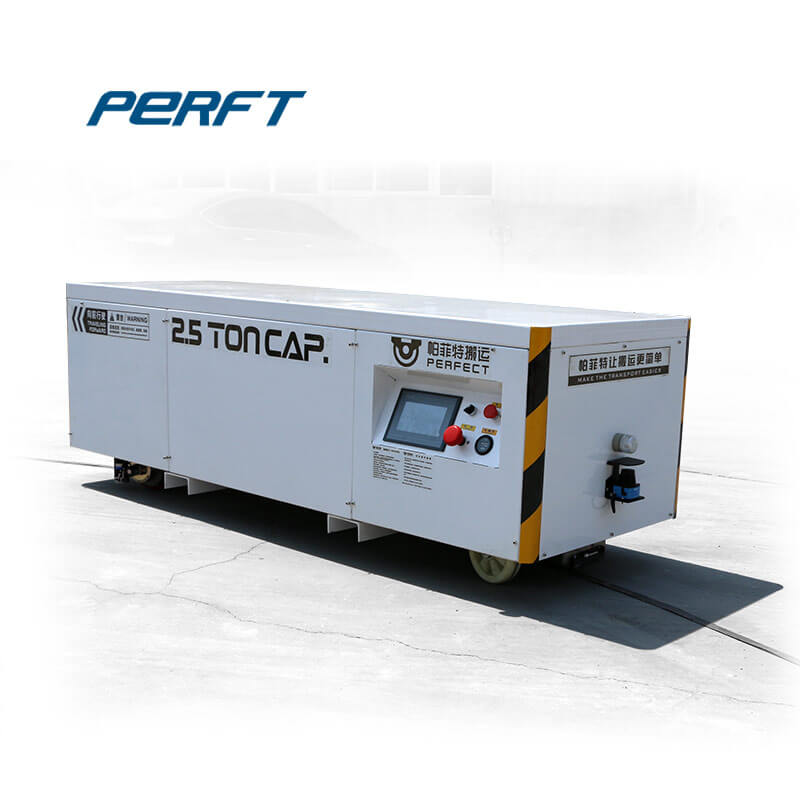
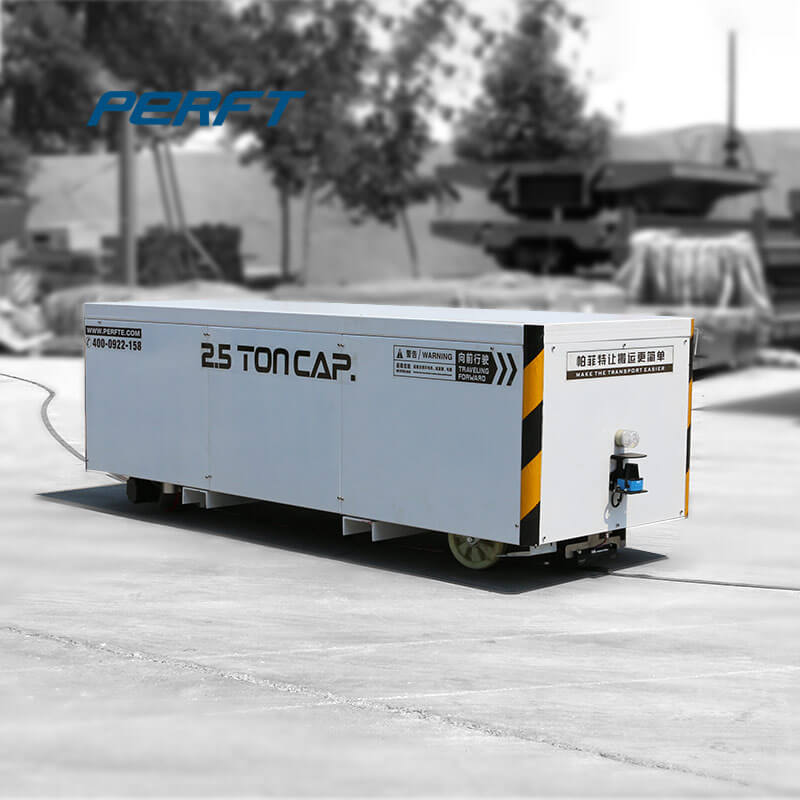






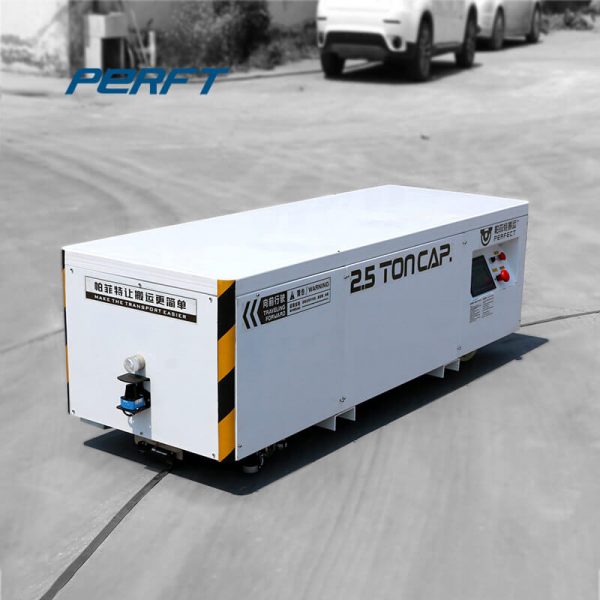
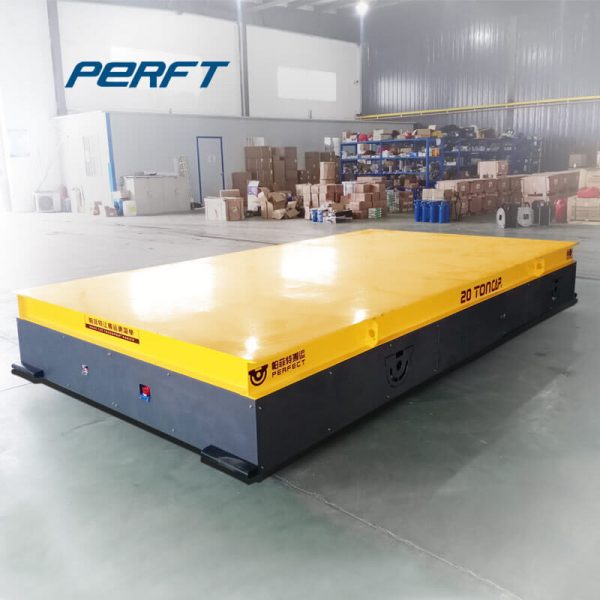
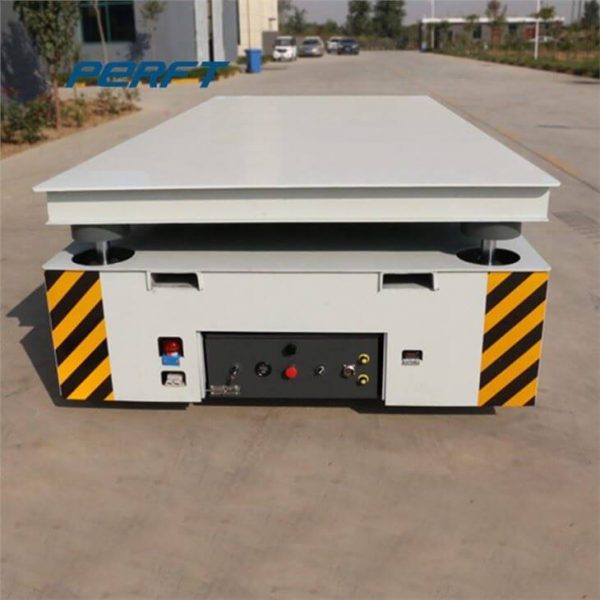
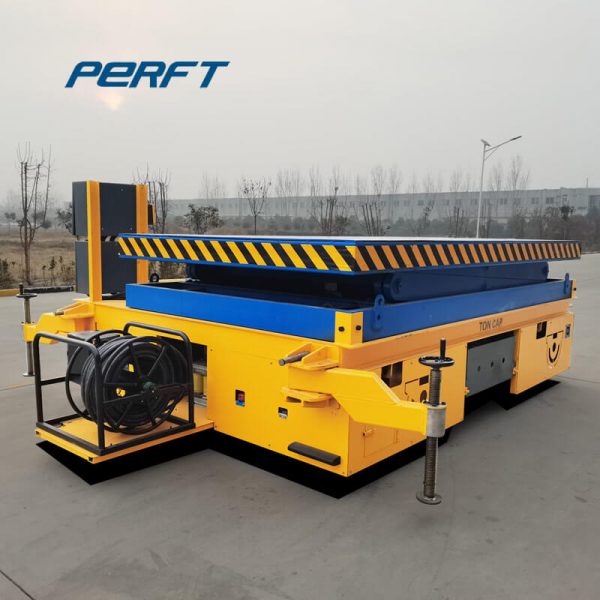
Jan 05, 2021 · Of the 180,000 metric tons of Li-ion batteries available for recycling worldwide in 2019, just a little over half were recycled. As lithium-ion battery production soars, so does interest in recycling.
of 25 tons/year of Car hood Mold. Printed ... Injection molding Battery Tray. Textile carbon fiber Performance Database (Coupon Testing) use in design, modeling ...
For optimizing setup times. Region | Language Selector Login Search Contact Career
Whether you opt for a rail guided wagon or a freely movable solution like our battery driven carts or an air floating mold change car, every situation can be met with a customized solution. Depending on the size of the molds, mould transfer methods range from manual to fully automated.
These fully automated coil transfer cars are track mounted and located in a “green” coil storage warehouse. They were designed to move steel coils weighing 42 tons, up to a maximum diameter of 80 inches and a maximum width. 60,000 pound capacity towable tube bundle cart. The cart has a hydraulic braking system.
Apr 01, 2021 · In 2013, Volvo tested a carbon-fiber composite battery that could be built into an engine plenum cover, replacing the car's heavy 12 V battery at the same time. Volvo. Volvo also made a trunk lid
Mold and trim presses are used widely in the automotive industry to produce a variety of interior components such as; instrument panels, door panels, interior trim, insulation, and head, trunk, hood, and rear deck liners. The presses can also be used to create firewalls, foam insulators, and to trim metal parts.
High quality electric Material industrial trailer coils mold and die industrial warehouse use motorized rail transfer carts from China, China's leading Material Transfer Cart product market, With strict quality control Material Transfer Cart factories, Producing high quality electric Material industrial trailer coils mold and die industrial warehouse use motorized rail transfer carts products.
Our line of Die Carts and Transfer Cars are designed to both transport a die or mold from die storage or maintenance to the press line and secondly to load the die into the press. Our Die Trucks are solid tired vehicles, battery powered and operate similar to a conventional fork lift truck.
Customized Mold Steerable Trolley Battery Powered Die Handling Transfer Carts , Find Complete Details about Customized Mold Steerable Trolley Battery Powered Die Handling Transfer Carts,Battery Powered Die Handling Transfer Carts,Mold Transfer Trolley,Die Handling Carts from Hand Carts & Trolleys Supplier or Manufacturer-Xinxiang New Leader Machinery Manufacturing Co., Ltd.
Manual Walk Behind Die Cart. 1,000 lbs. capacity at 18” load center. Powered push/pull mechanism for die load/unload. Platform is welded unitized construction for strength and safety. Roller lift chain with over 9,000 lbs. yield. Floor lock is standard. 2” wide phenolic wheels are standard. Acrylic safety shield provides operator with
Different Types of Die Transfer Carts for Your Reference. Rail powered transfer cart; Low-voltage rail powered transfer cart is a popular choice to handle dies and other materials and products. It is designed to transport loads weighing up to 150 tons and more. The rails are required to be insulated if you use this type of transfer car.
Battery powered transfer cart has many types, such as 90 degree turn factory apply rail trailer with turntable, steel coil production line apply transfer track cart, s and arc-shaped rail heavy industry cargo transfer wagon, copper mill industry bay to bay apply track handling cart, hydraulic dumping function steel pipe transfer rail trailer, factory material handling system cart assembly line
Meanwhile, a 70-ton/4.3-oz Multiplas horizontal with the Multiplas nameplate on it was on display at the booth belonging to the company’s exclusive U.S. distributor, New Pacific Machinery. A clean, hose-free profile is a new look for LG International’s LGH-D Series of direct hydraulic clamp molding machines (90 to 385 tons). Its
Apr 28, 2021 · Consequently, the change in carbon density from converting forestland to cropland would be -84.72 metric tons of C/hectare/year of biomass plus -3.60 metric tons C/hectare/year of soil C, minus 10.26 metric tons C/hectare/year from drained organic soils, equaling a total loss of 98.5 metric tons C/hectare/year (or -39.89 metric tons C/acre/year